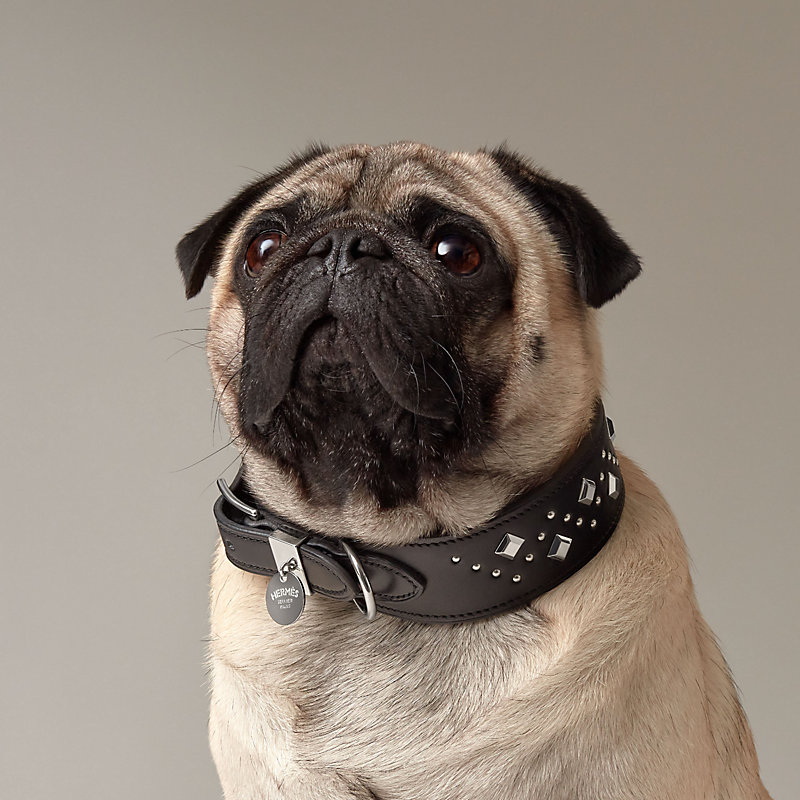Dog collars are an essential accessory for all four-legged pets. Dog collars serve multiple purposes, including identification, safety, and style. With an abundance of choices available on the market choosing the right dog collar for your furry friend can be a bit confusing.

Dog Collars are versatile
Dog collars play a significant role in the lives of your pet. We’ll look at how dog collars benefit your pet.
Safety and identification The collar of your dog serves as a crucial tool to identify your pet. A collar is usually equipped with a tag for identification that contains your contact information. This helps to locate your dog should they become lost. The tag is secured using an D ring that is attached to the collar of some of the finest collars for dogs. This makes sure that it isn’t snagged during walks and playing.
Control and training Dog collars serve a crucial role in guiding and training your pet. Standard collars can be tied to a leash. They give you greater control over walks or outdoor activities. If you have a powerful or hyper dog, a well-fitted collar can help keep your dog in check and prevents your pet from pulling in a disproportionate way.
Style and personalization. While safety and functionality is essential, style matters too. Dog collars come in a variety of colors, materials and styles. They allow you to display your dog’s individuality and personal preferences. A collar that is personalized with your pet’s name or a unique design can add something special.
Dog Collars: Types and Designs
With the plethora of dog collars that are available it is essential to know the various types of collars and their distinct functions.
Standard Flat Collar: The most common type of dog collar is the flat collar. The collars can be worn every day, as they are simple to adjust and simple. They are ideal for holding ID tags or for attaching leashes to walks.
Martingale Collar : Martingale Collars were developed for dogs that had slipped away from their normal collars. The collars tighten a little when the dog pulls on the leash. This stops escape without the risk of choking. They’re a good choice for dogs with small heads like Greyhounds.
Prong Collar Prong Collars also known as pinch collars, are controversial however they can be beneficial for certain training scenarios. Prongs made of steel apply pressure to the dog when it pulls. This can deter pulling behaviour.
Head Collars Head collars, such as the Halti and Gentle Leader allow you to regulate your dog’s head. This makes it easier to provide direction of movements. They can be beneficial for dogs that pull hard or excessive exuberance.
Harnesses: While they aren’t technically collars, they are worthy of consideration. They can help dogs feel more comfortable, especially if they are prone to respiratory issues. Harnesses are a great option for dogs with small breeds or with breathing issues.
The Most Dog Collar
Think about your dog’s size, its behavior, and the needs that you have. When making a decision take into consideration these factors:
Size and fit: The collar should fit snugly but not too tight. Two fingers should sit between the ring of the collar and your dog’s neck. It shouldn’t be too loose as your dog could get caught in the slippage.
Materials: Dog collars are available in many different materials, like leather, nylon and chain. Be mindful of the comfort and ease of your dog and your own preferences. Leather collars can be more durable and fashionable, but nylon collars will be less heavy and easier to clean.
Safety Features: To ensure your dog’s safety look for collars that feature reflective strips that will make your dog visible when walking at night. Breakaway collars can allow your dog to be released when it is caught in the object. This can prevent chokes.
When choosing a collar, consider your dog’s behaviour. If your dog pulls on leash, a no-pull harness or a martingale dog collar might be a good choice. A standard collar is suitable for calm, well-behaved canines.
Style and Personalization: Express the personality of your dog and your own style with an outfit that is reflective of both. Collars with personalized designs or unique patterns can give your dog a distinctive style.
The final sentence of the article is:
Dog collars aren’t just accessories but essential equipment to keep your dog secure and well-trained. They are also stylish. The size, the material, and the dog’s manner of behavior are all factors to consider when selecting a dog collar. Your dog will look stunning and remain safe with the correct collar.